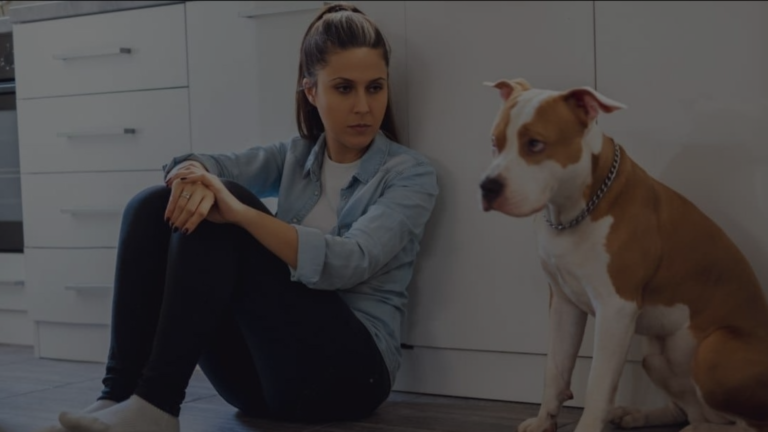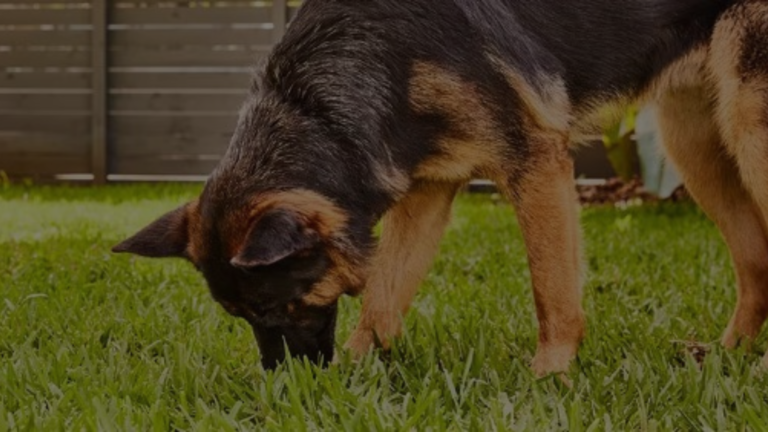Sharing your life with a canine companion is a joy-filled experience. From playful wags to cuddly evenings, dogs enrich our lives in countless ways. But let’s face it, grooming isn’t always their favorite activity. Some dogs happily submit to brushstrokes and baths, while others express their displeasure with teeth and growls. Do you know how to groom a dog that bites? If your furry friend falls into the latter category, fear not! With a little patience, understanding, and the right approach, you can conquer grooming even with a bite-averse pup.
Understanding the Why Behind the Bite
Before diving into grooming techniques, it’s crucial to understand why your dog might be biting during this process. Common reasons include:
- Fear and anxiety: Loud clippers, unfamiliar brushes, and the sensation of water can be overwhelming for some dogs, leading to fear-based biting.
- Pain: Underlying medical conditions like skin allergies or arthritis can make grooming uncomfortable and trigger biting as a reaction.
- Past negative experiences: Rough handling or forceful grooming in the past can create negative associations, causing your dog to react defensively.
- Lack of socialization: Puppies who haven’t been exposed to grooming tools and handling from a young age might be more apprehensive.

Building Trust and Positive Associations
Transforming grooming from a stressful ordeal to a positive experience is key. Here’s how to build trust and create happy associations:
- Start Slow and Short: Don’t overwhelm your dog with long grooming sessions. Begin with short, positive interactions, gradually increasing the duration as your dog becomes more comfortable.
- Desensitization and Counterconditioning: Introduce grooming tools gradually, allowing your dog to sniff and become familiar with them before using them. Pair the tools with positive reinforcement like treats and praise to create positive associations.
- Focus on Gentle Handling: Be gentle and calm throughout the process. Avoid forceful handling or restraint, as this can worsen anxiety and trigger biting.
- Reward Calm Behavior: Shower your dog with praise and treats for remaining calm and accepting grooming. This reinforces positive behavior and encourages them to continue cooperating.
- Consider Professional Help: If your dog’s biting behavior is severe or stems from fear or anxiety, consult a professional dog trainer or behaviorist. They can provide guidance and specific techniques tailored to your dog’s needs.
Essential Grooming Techniques for Bite-Wary Dogs
Now, let’s delve into specific grooming techniques for different areas:
Brushing
- Use a brush suitable for your dog’s coat type and length.
- Start with gentle strokes, gradually increasing pressure as your dog tolerates it.
- Focus on areas prone to matting, like behind the ears and under the legs.
- Offer frequent treats and praise throughout the process.
Bathing
- Fill the tub with lukewarm water and use a dog-specific shampoo.
- Wet your dog gradually, avoiding direct contact with the face and ears.
- Gently massage the shampoo into the fur, taking care to avoid sensitive areas.
- Rinse thoroughly without leaving any soap residue.
- Towel dry your dog gently and use a hairdryer on a low setting if needed.

Nail Trimming
- Use sharp clippers suitable for your dog’s nail size.
- Trim small sections at a time, avoiding the quick (the pink center of the nail).
- If you’re unsure about trimming yourself, have a professional groomer or veterinarian do it.
Ear Cleaning
- Use a dog-specific ear cleaner and cotton balls.
- Gently wipe the outer ear canal, avoiding inserting anything deep into the ear.
- If you notice redness, odor, or excessive discharge, consult your veterinarian.
Remember:
- Always prioritize your dog’s safety and comfort. If they become stressed or show signs of aggression, stop immediately and try again later.
- Be patient and consistent – building trust and positive associations takes time.
- Reward calm behavior generously and avoid any punishment for biting.
Additional Tips to Groom a Dog That Bites
- Exercise your dog before grooming to tire them out and make them more receptive.
- Groom in a familiar, quiet environment with minimal distractions.
- Play calming music or use calming aids like pheromone diffusers if needed.
- Consider using a muzzle for safety, but only after proper introduction and desensitization.

With patience, understanding, and the right approach, you can transform grooming from a battle into a bonding experience for you and your furry friend. Remember, building trust and positive associations is key, and even the most bite-averse dog can learn to tolerate (and even enjoy) grooming time!
Resources & References
FAQs about Grooming a Dog that Bites
What if my dog growls or snaps while I’m grooming them?
Stop immediately! Growling and snapping are warning signs. Don’t punish your dog, as this can worsen the behavior. Take a break, assess the situation, and try again later when your dog is calmer. Consider shorter, more positive grooming sessions and prioritize their comfort. If the behavior persists, consult a professional trainer or behaviorist.
Is it safe to use a muzzle on my dog while grooming?
Muzzles can be a safety tool, but only when used correctly and introduced gradually. Don’t force the muzzle on. Let your dog sniff and get used to it with positive reinforcement. Use a well-fitting muzzle that allows them to pant and drink. Seek professional guidance for proper muzzle introduction and usage.
What are some calming aids that might help during grooming?
Consult your veterinarian before using any calming aids. Options include:
- Natural calming aids: calming chews, pheromone diffusers, calming sprays.
- Prescription medications: in severe cases, your vet may prescribe anti-anxiety medication.
Should I just take my dog to a professional groomer?
Professional groomers are trained to handle various dogs, including those with bite anxieties. If you’re uncomfortable or unable to groom your dog yourself, professional grooming is a great option. However, some dogs might feel even more stressed in unfamiliar environments. Start by having the groomer meet your dog beforehand and build trust gradually.
What if my dog has underlying medical issues causing pain during grooming?
Schedule a vet visit to rule out any medical conditions that might be causing discomfort and contributing to their biting behavior. Addressing any underlying health concerns is crucial for their well-being and ensuring grooming becomes a more positive experience.
How long will it take for my dog to become comfortable with grooming?
Be patient – there’s no one-size-fits-all answer. Building trust and positive associations takes time, consistency, and positive reinforcement. Celebrate small victories and don’t get discouraged by setbacks. Focus on creating a calm and safe environment, and gradually increase grooming duration as your dog feels more comfortable.







